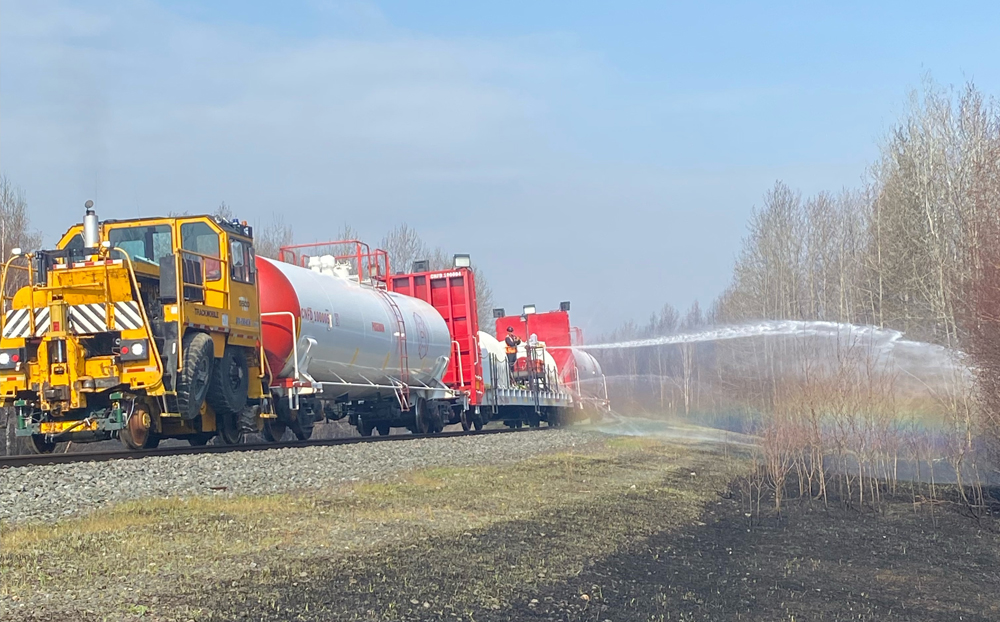
MONTREAL — Canadian National has expanded and upgraded its specialized fire suppression fleet as wildfires in Canada have become more extreme in recent years.
CN has introduced two new firefighting trains, Oceanus and Amphitrite, which join a fleet that includes Neptune, Trident, and Poseidon.
The new trains carry 25,000 gallons of water and are equipped with cannons, pumps, and hose support. The units can be deployed rapidly and operate either independently or with larger trains.
“At CN, our priority is to safeguard the critical rail infrastructure and supply chains that communities and businesses rely on every day. These new assets strengthen our ability to defend our network, protecting supply chain corridors from the threat of wildfires while also supporting emergency responders. Together, we are ensuring resilience where it matters most,” Mark Grubbs, CN’s vice president of safety and environment, said in a statement.
To further bolster its firefighting capabilities in British Columbia, CN has stationed eight additional 30,000-gallon tank cars in strategic locations to ensure the availability of water supply in water-scarce regions.
CN also has more than doubled the water capacity of its Neptune, Trident, and Poseidon trains, which deployed during the Jasper, Alberta, wildfires last year. The trains are used to protect CN’s infrastructure as well as to assist emergency efforts in hard-to-reach areas.
CN also launched a pilot program testing fire trailers for smaller fires along the right of way. Each trailer holds 350 gallons of water and features a fixed water cannon for off-track wildfire response.
Canada experienced its worst wildfire season in 2023, when 16.5 million hectares burned — a figure that was more than double the prior record and six times higher than the long-term seasonal average, according to the Canadian Climate Institute. Last year’s wildfire season was the sixth-worst on record.
So far this year 8.3 million hectares have burned. A wildfire near Yale, British Columbia, last month forced CN to shut its main line in the Directional Running Zone it shares with CPKC for about 24 hours.






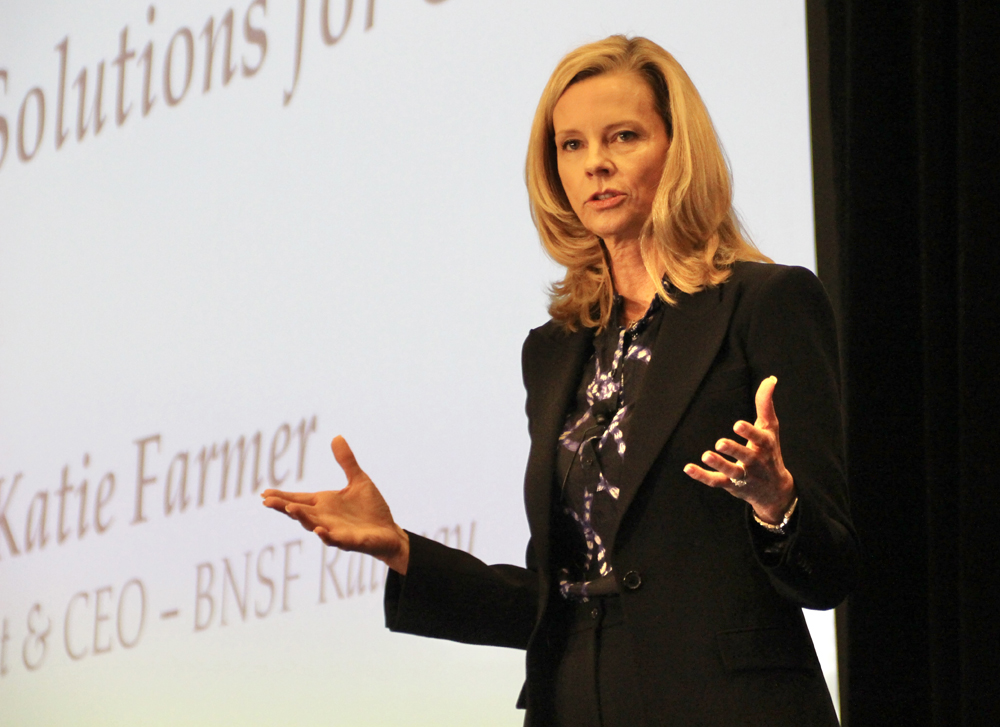

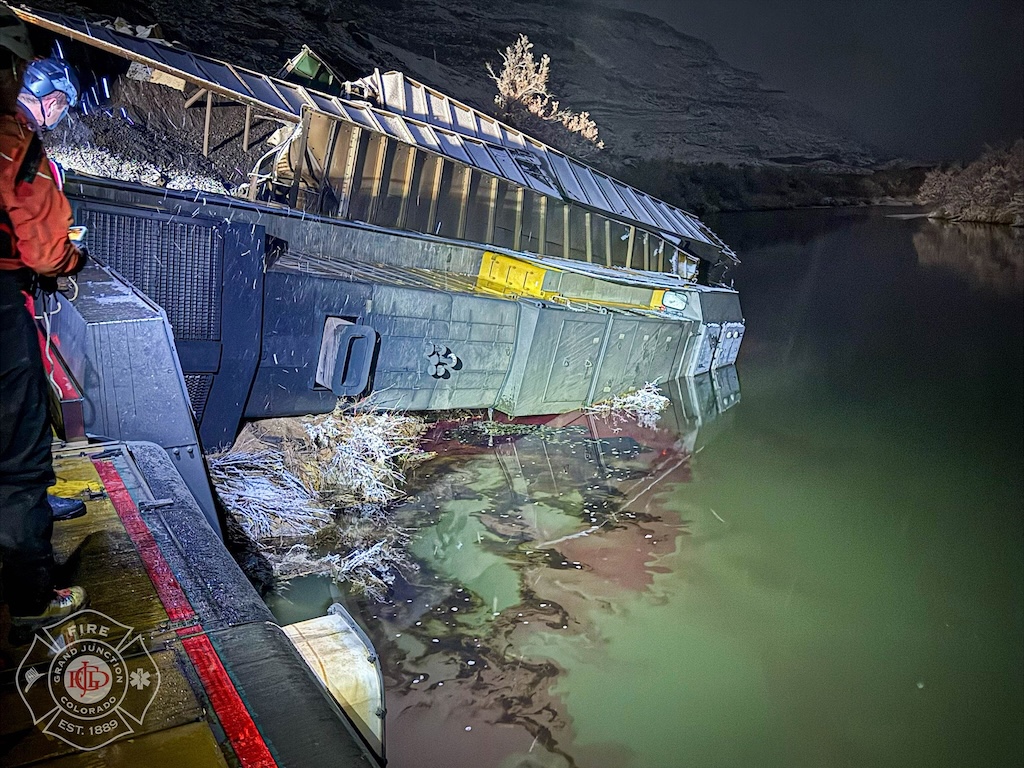

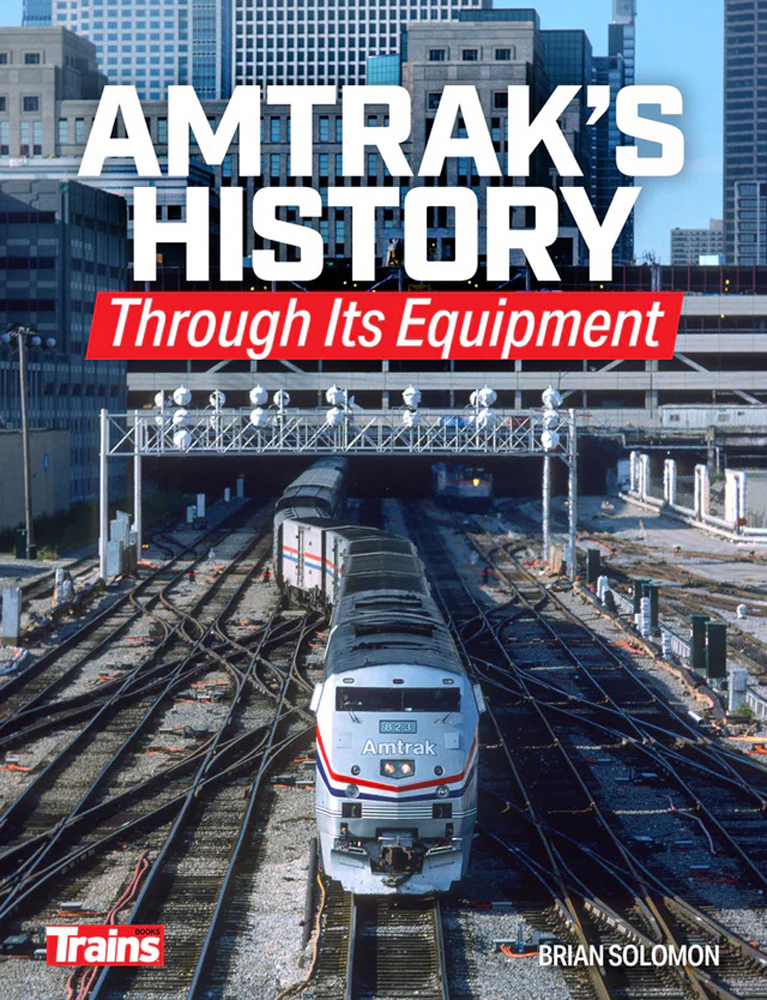
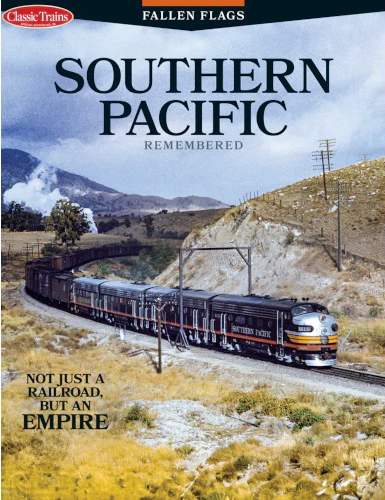

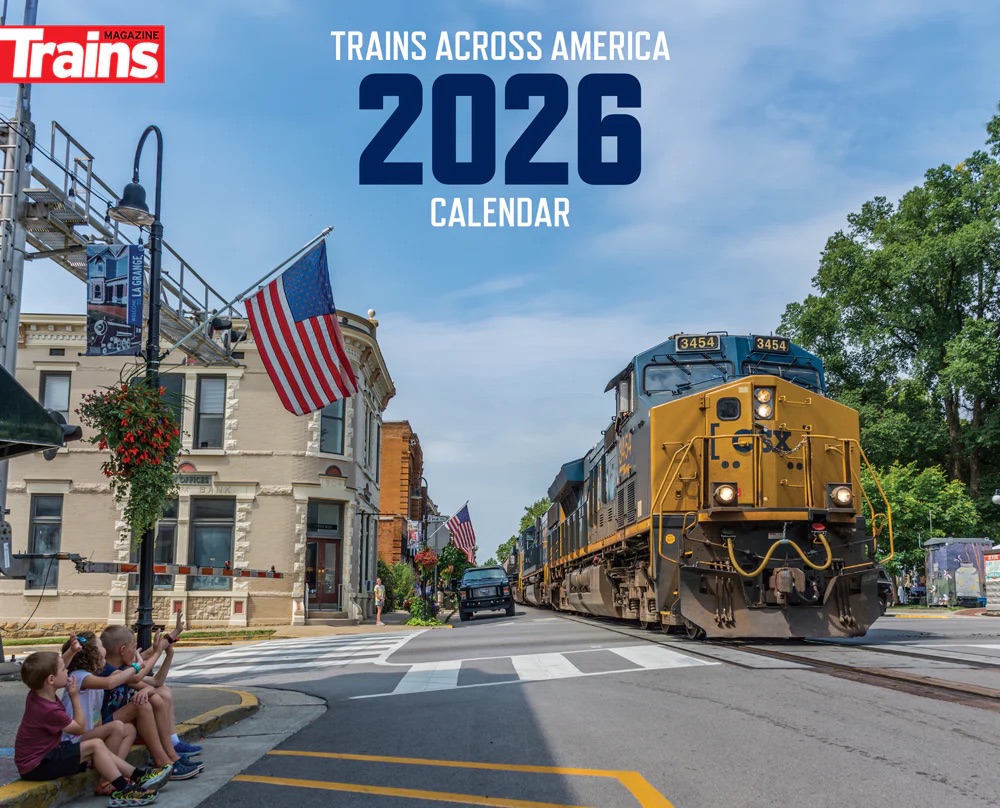
30,000 gallons equals about 20 minutes pumping at full volume for the average North American non-rural fire engine. For Major forest fires one would think that more than that would be needed unless the fire could also be controlled in other ways.